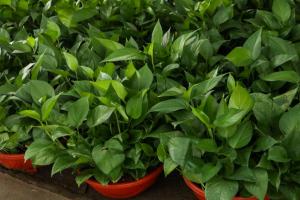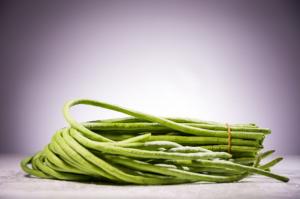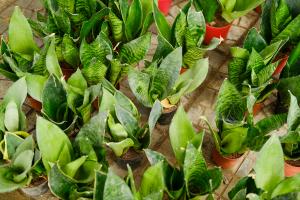What Potting Mix to Use for Indoor Plants
Choosing the right potting mix for indoor plants is essential to their growth and overall health. A good potting mix will provide the necessary nutrients, retain moisture, and allow for proper drainage. With so many options available, it can be overwhelming to decide which potting mix is best.
What to Look for in a Potting Mix
When selecting a potting mix for indoor plants, it's important to consider the following factors:
Drainage: A good potting mix should allow excess water to drain out of the pot to prevent root rot.
Nutrients: Look for a potting mix that provides essential nutrients for plant growth, such as nitrogen, phosphorus, and potassium.
Moisture retention: The potting mix should be able to retain moisture to provide plants with consistent hydration.
pH: The potting mix should have a pH level in the range that is appropriate for the particular plant species.
Types of Potting Mixes
There are several types of potting mixes available, each with its own unique advantages:
Peat-Based Potting Mix
Peat-based potting mixes are the most commonly used for indoor plants. They are made from sphagnum peat moss, vermiculite, and perlite. Peat moss is an excellent water retention material, making it ideal for plants that require consistent moisture. Vermiculite and perlite are added to allow for proper drainage. Additionally, peat-based potting mixes are rich in nutrients that plants need to thrive.
Coco Coir Potting Mix
Coco coir potting mixes are made from coconut fibers and are an excellent alternative to traditional peat-based potting mixes. They are highly porous and allow for excellent air circulation and water drainage. Coco coir is also free from pests, pathogens, and weeds, making it a safer choice for indoor plants.
Vermiculite and Perlite Mix
A vermiculite and perlite mix provides excellent drainage, making it an ideal choice for plants that require well-draining soil. This type of potting mix is also lightweight, making it easy to move pots around if needed.
All-Purpose Potting Mix
An all-purpose potting mix is a blend of peat moss, perlite, and other organic materials, such as compost and/or aged bark. These mixes work well for most indoor plants and are an excellent option for those who don't want to specifically tailor the potting mix to a particular plant species.
Conclusion
Choosing the right potting mix for your indoor plants is crucial to their success. A good potting mix should provide adequate drainage, retain moisture, provide essential nutrients, and have the appropriate pH level. There are several types of potting mixes to choose from, so homeowners should select one that is tailored to the specific needs of their indoor plants.

 how many times do yo...
how many times do yo... how many planted tre...
how many planted tre... how many pine trees ...
how many pine trees ... how many pecan trees...
how many pecan trees... how many plants comp...
how many plants comp... how many plants can ...
how many plants can ... how many plants and ...
how many plants and ... how many pepper plan...
how many pepper plan...
































